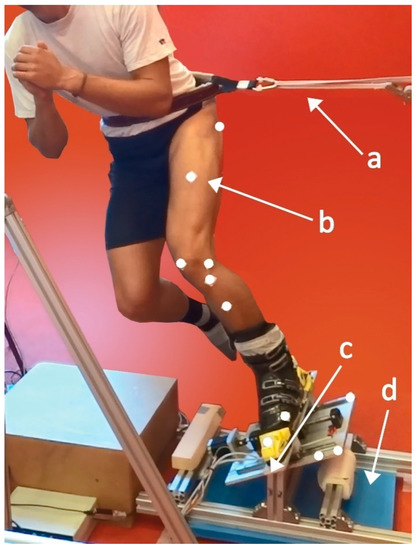This is a great study...
Full report here...

 www.mdpi.com
www.mdpi.com
Abstract
Alpine skiing is a complex sport that demands a high level of motor control and balance. In general, skiers are prone to deterioration in the state of fatigue due to using inappropriate equipment. As a consequence, the risk of injury might increase. This study aimed to examine the influence of fatigue and ski waist-width on knee-joint stability and skier’s balance. A laboratory skiing simulation in a quasistatic ski-turning position was conducted where the lower-limb kinematics was recorded using an optical system, and the balance-determining parameters were captured using a force plate. It was demonstrated that the knee-joint kinematics and skier’s balance were hampered in the state of fatigue, as well as when using skis with a large waist-width. The results of the study suggest avoiding the fatigue state and the use of skis having a large waist-width while skiing on hard surfaces to decrease the risk of injury.Full report here...

The Influence of Ski Waist-Width and Fatigue on Knee-Joint Stability and Skier’s Balance
Alpine skiing is a complex sport that demands a high level of motor control and balance. In general, skiers are prone to deterioration in the state of fatigue due to using inappropriate equipment. As a consequence, the risk of injury might increase. This study aimed to examine the influence of...







